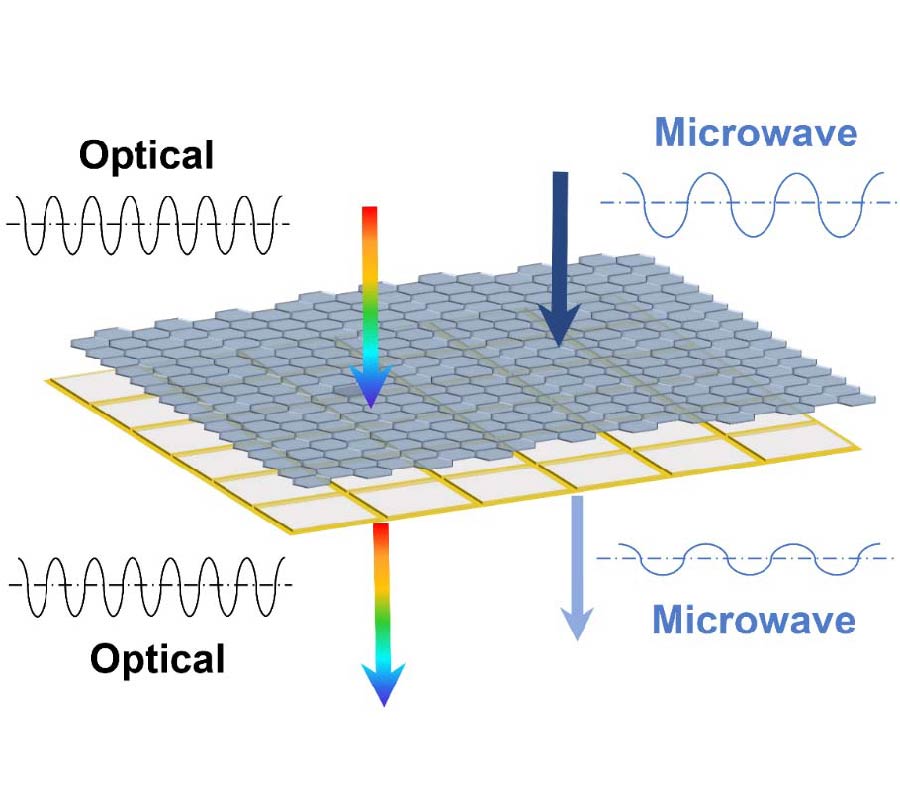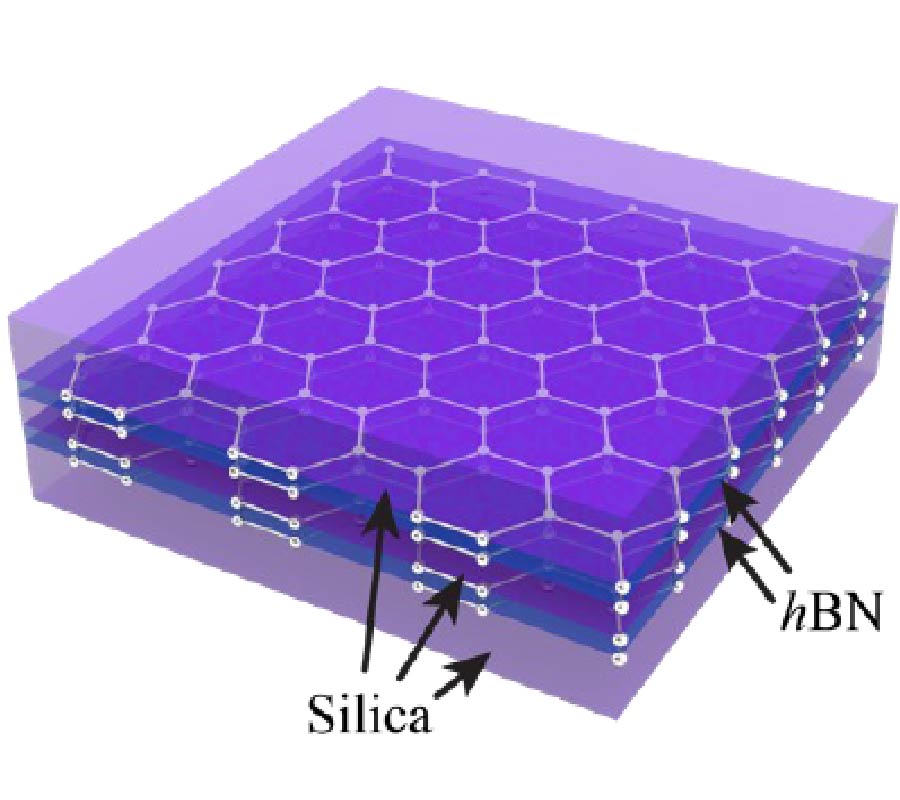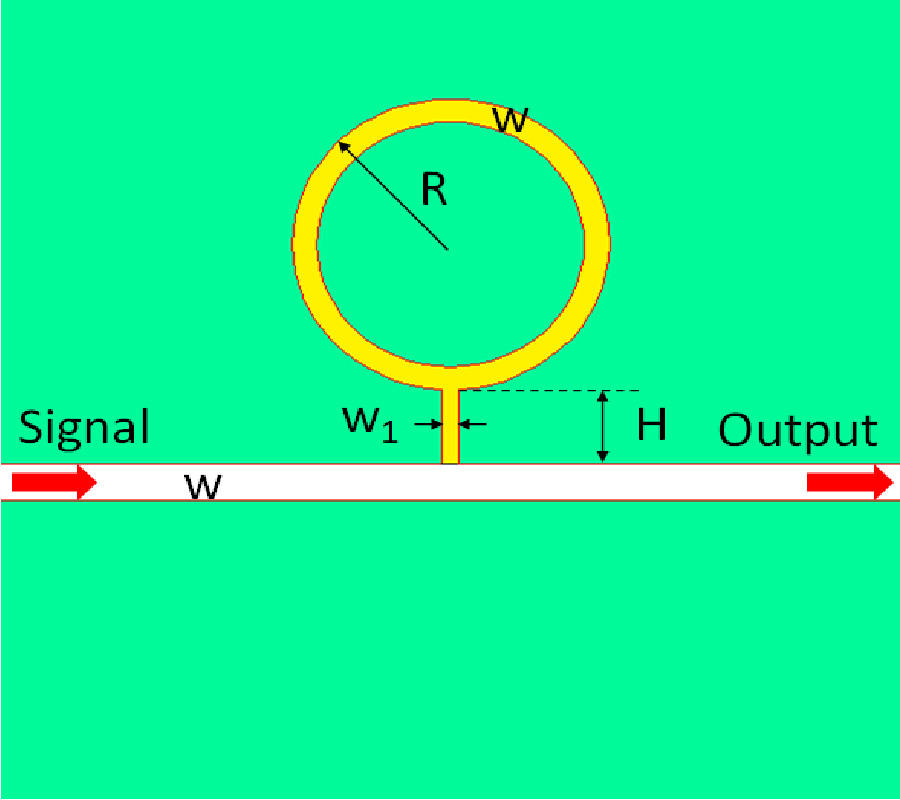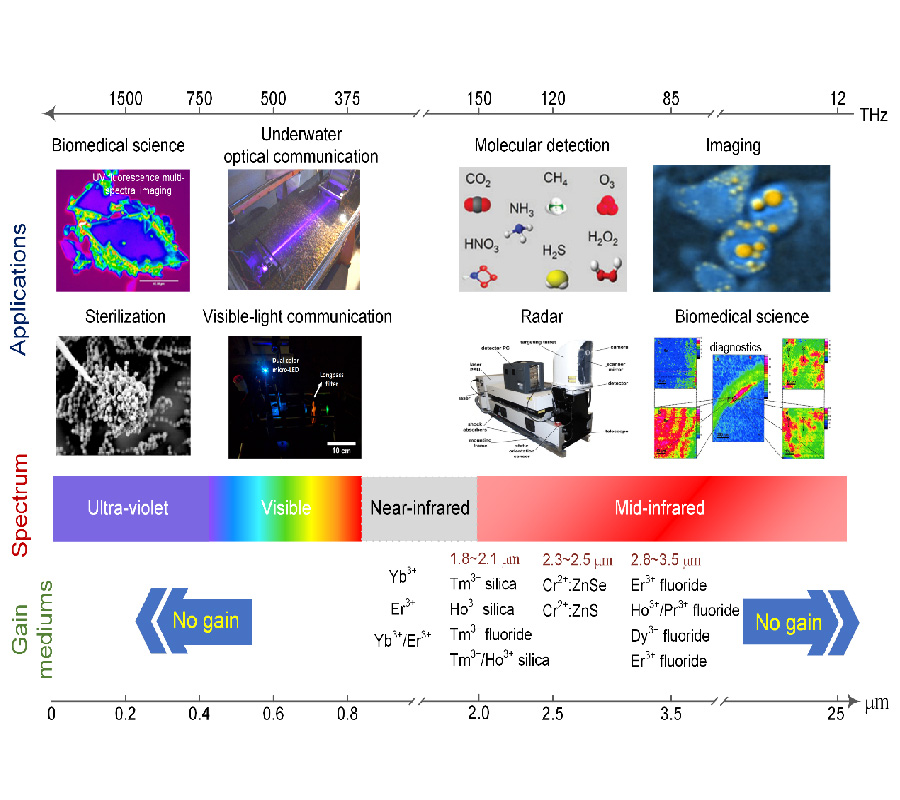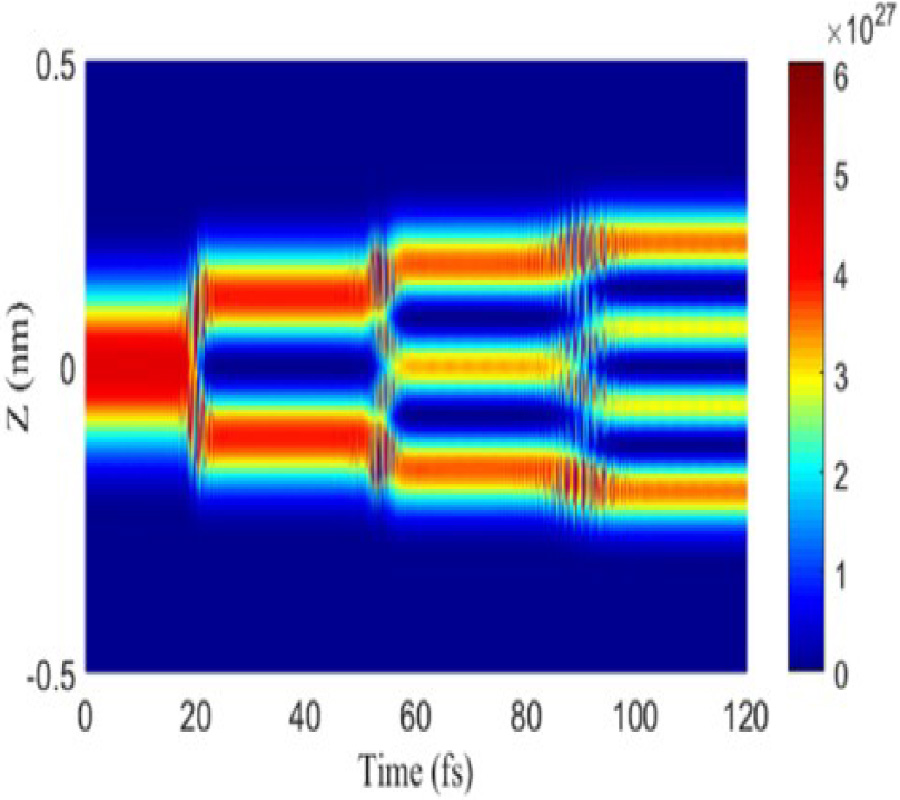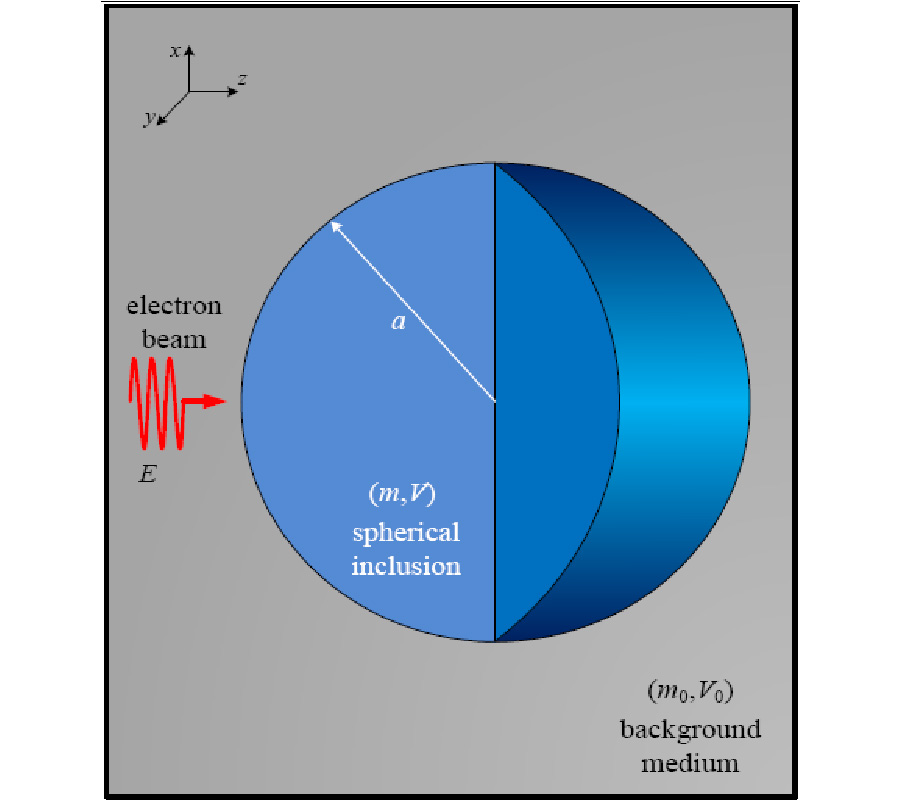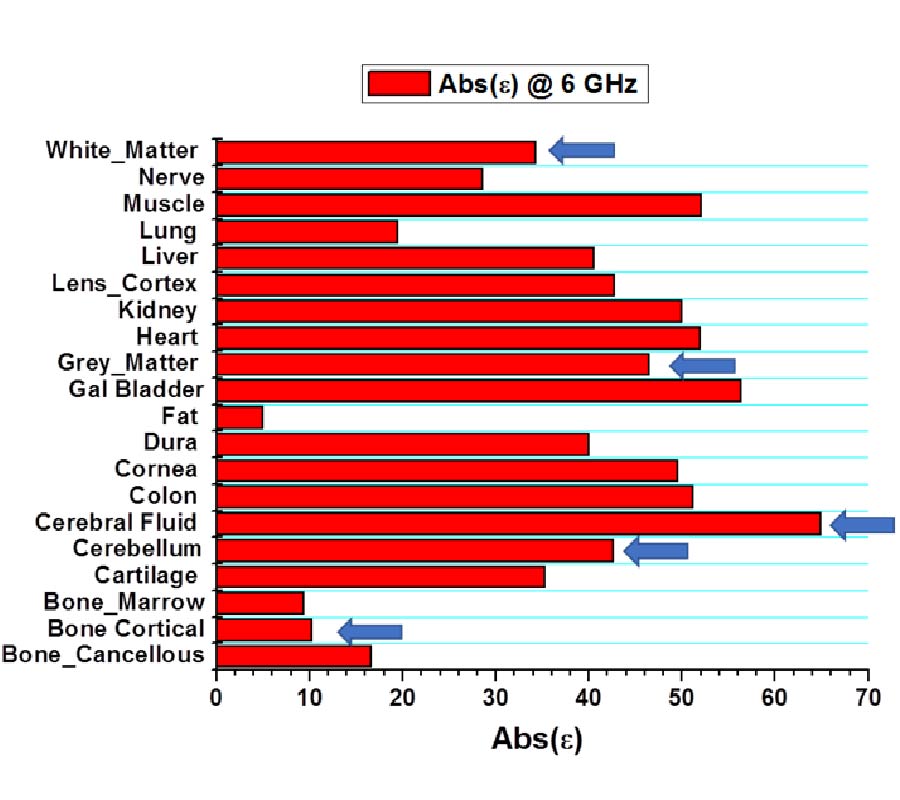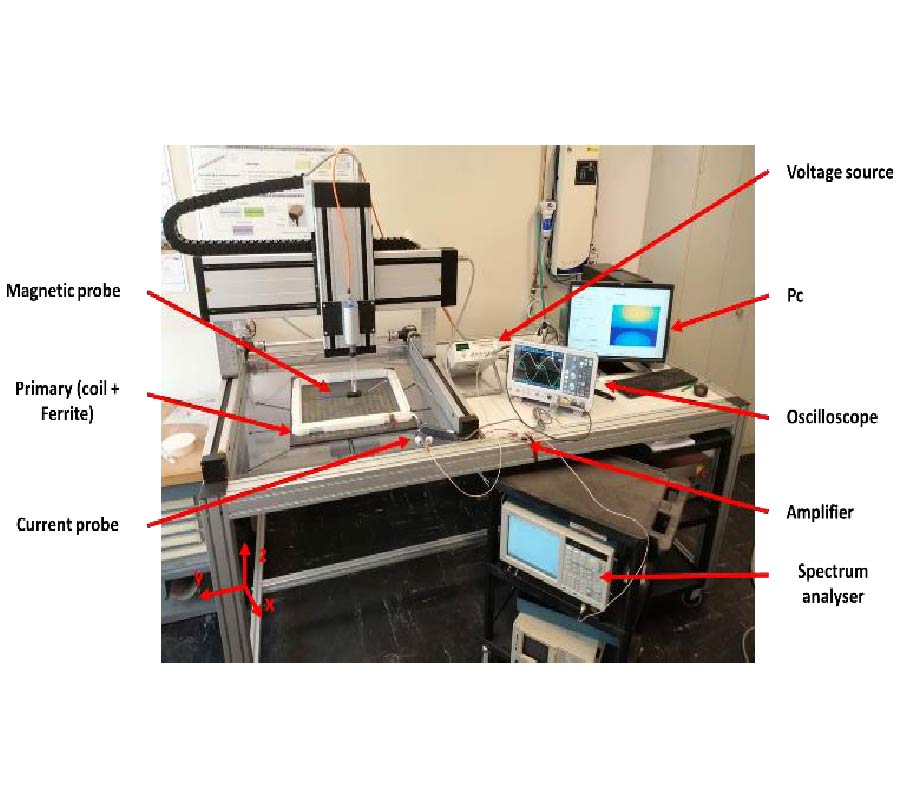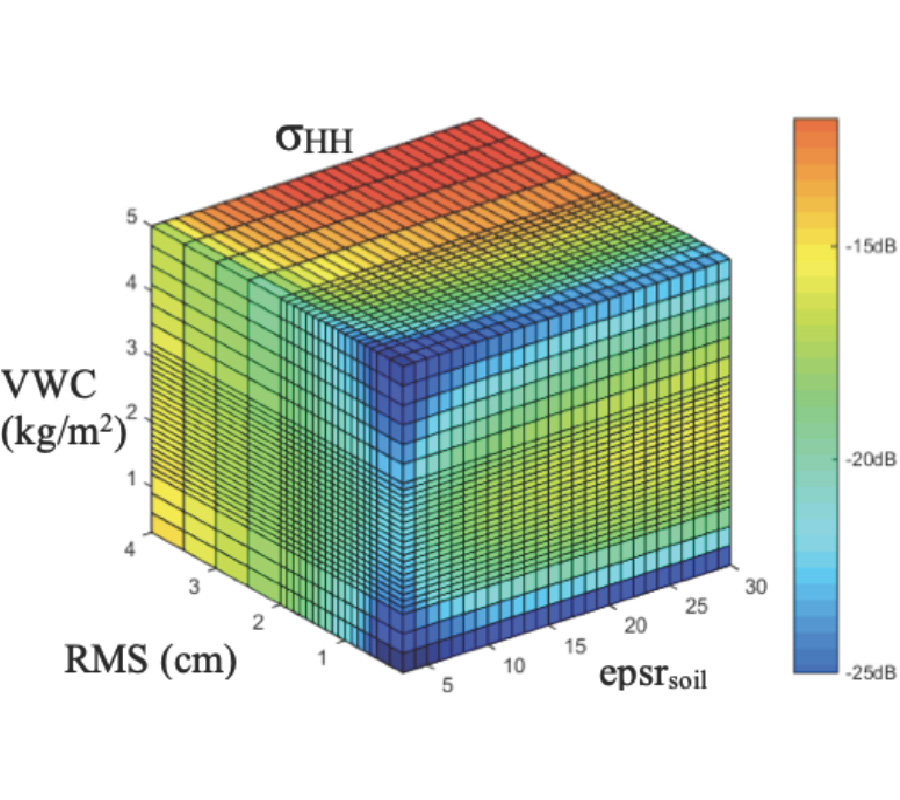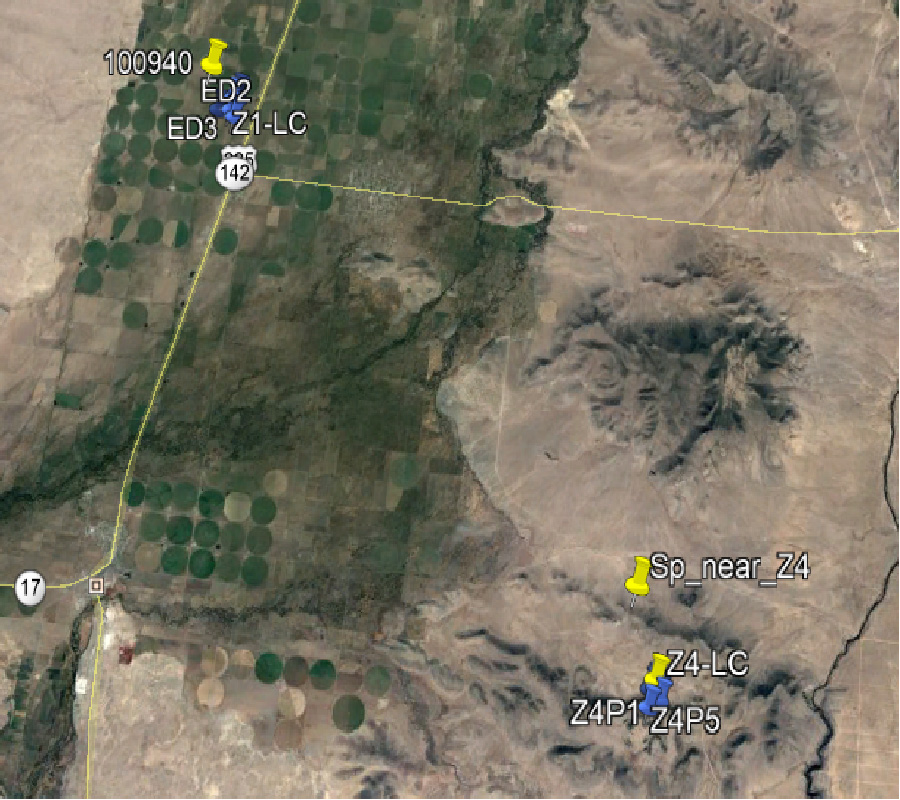Advanced Progress on Χ(3) Nonlinearity in Chip-Scale Photonic Platforms (Invited Review)
Zhe Kang,
Chao Mei,
Luqi Zhang,
Zhichao Zhang,
Julian Evans,
Yunjun Cheng,
Kun Zhu,
Xianting Zhang,
Dongmei Huang,
Yuhua Li,
Jijun He,
Qiang Wu,
Binbin Yan,
Kuiru Wang,
Xian Zhou,
Keping Long,
Feng Li,
Qian Li,
Shaokang Wang,
Jinhui Yuan,
Ping-Kong Alexander Wai and
Sailing He
χ(3) nonlinearity enables ultrafast femtosecond scale light-to-light coupling and manipulation of intensity, phase, and frequency. χ(3) nonlinear functionality in micro- and nano-scale photonic waveguides can potentially replace bulky fiber platforms for many applications. In this review, we summarize and comment on the progress on χ(3) nonlinearity in chip-scale photonic platforms, including several focused hot topics such as broadband and coherent sources in the new bands, nonlinear pulse shaping, and all-optical signal processing. An outlook of challenges and prospects on this hot research field is given at the end.
